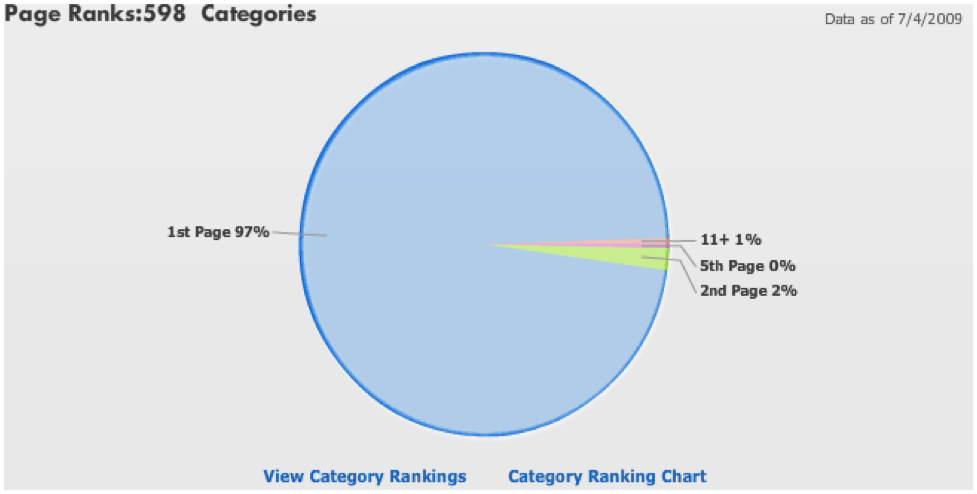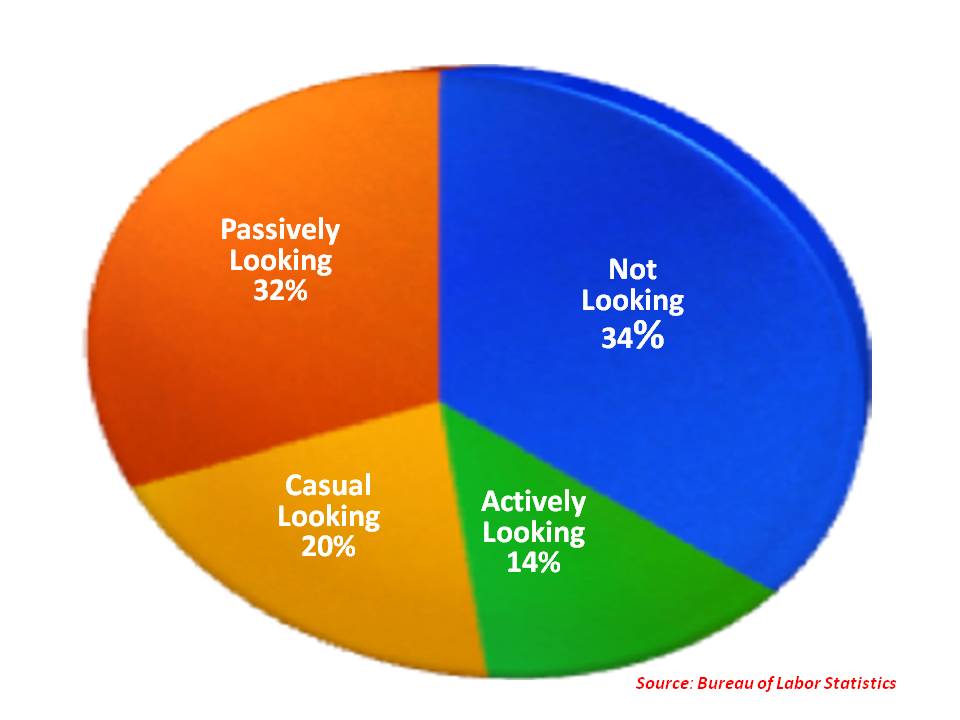![]() Search Engine Optimization seems to be on everyone lips. SEO seems to be on the tip of every consultant’s tongue. SEO is “all the craze” right now. The chief reason to “optimize” our jobs is because job seekers primarily use search engines to look for a job (as opposed to job boards). But if you think SEO will solve your challenges with talent identification and engagement (aka sourcing), you will be disappointed.
Search Engine Optimization seems to be on everyone lips. SEO seems to be on the tip of every consultant’s tongue. SEO is “all the craze” right now. The chief reason to “optimize” our jobs is because job seekers primarily use search engines to look for a job (as opposed to job boards). But if you think SEO will solve your challenges with talent identification and engagement (aka sourcing), you will be disappointed.
In her book The Truth About Search Engine Optimization Rebecca Lieb defines Search Engine Optimization as the art and science of making content attractive to the major search engines engines (there are over 300 million searches for jobs, careers, and employment on just Google each month) to look for a job (as opposed to job boards, which only get 10 million searches per month). So for recruiters, that would mean making our jobs or jobs related content “optimizable” by Google, Bing, and Yahoo. And I have to wholeheartedly reinforce that an SEO platform does a great job of targeting job specific keywords that are ranked by the major search engines.
For example, our partner Jobs2Web’s dynamic SEO platform has already accomplished its objective — getting our jobs content on the first page of Google (the search engine that enjoys a 70% market share for jobs searches). In the screen shot below, you will notice that 97% of our jobs (Microsoft Entertainment & Devices) are on the first page of Google.

And most of the jobs are listed “above the fold,” which is where the majority of eyeballs will notice your content and where 80% of search engine users click on links in the “organic results.” To see an example of this, search Google for “Seattle Developer Jobs” and you will see our site on the 1st page (#2 position). If you press on the link, it will take you to the landing page. We have similar landing pages for each keyword search that is performed.

And we are getting a significant increase in traffic to our respective jobs. But, it is still not enough. SEO alone will not allow you to source from all of the available talent pools. It is because (depending on your keyword targeting strategy) SEO primarily attracts job seekers who are active in their search and seeking “jobs”-related keywords. While that segment of our target talent audience is important, it actually is the smallest part of the job search cycle. The graph below reflects the U.S. Bureau of Labor Statistics (circa 2006) overview of the talent supply in the United States. I think of this as a “job search cycle,” as it reflects where the respective segments of talent supply are with respect to changing jobs at any point in time.

Before you think that I am trashing our SEO partner Jobs2Web, I need to explain that our initial approach with the Jobs2Web platform focused on “jobs” and became the distribution system for our jobs and jobs-related content for search engines, as well as the leading social networking sites, blogs, and any relevant sites that we can connect with both active and passive talent. In an upcoming article, I discuss the idea of a Web 2.0 Recruitment Marketing Platform in greater detail.
If we relied on just SEO, our jobs-related content (per the above graph) would be seen by the active job seeker, as well as some of the casual looking talent (the ones who engage in web activities that mirror an active job seeker). And on a scale of easy to difficult, the active job seeker certainly is at the easiest level. And the most difficult (or nearly impossible) would comprise the part of the talent supply that is “not looking.” What I find interesting is that most organizations tend to work at both ends of the spectrum. We post jobs to attract the active job seeker and we engage in one-off sourcing projects to attract the part of the audience that is not looking. No wonder the ideal results are not being obtained: we are missing about 50% of the potential talent.
If you sat in on a Web 2.0 team meeting at Microsoft Entertainment & Devices, with my colleagues (John Phillips and Mira Aboulhoson) and myself, the conversation nearly always involves a discussion of the ramification of “human touch” vs. “technology touch.” We use both methods in our Web 2.0 Recruitment Marketing outreach to reach each segment of the target talent audience.
The current state of technology offers a prospect a choice that could be characterized as “apply or goodbye.” For the casual or passive candidates (which may not be ready to apply) we are offering an alternative to “goodbye.” We offer an array of choices that have built in some “human touch” and allow a prospect to choose how they want to engage with Microsoft.
For example, we reach deep into the active, casual, and passive talent pools with a “technology touch.” We augment technology initiatives with a “human touch” in social networking sites, talent communities, and by direct outreaches to micro-segments of our target audience. It is at the intersection of human touch (art) and technology touch (science) that success is realized.
Human touch, or Guanxi, is a critical element that makes our approach more successful than just a successful than a technology touch solution. I believe that every recruiter (at least every out-of-work recruiter) knows that a conversation with a prospect is very important. If our target audiences are moving online to social networking sites, at the very least we can observe that people are seeking relationships. More than just relationships, Web 2.0 uses a place for user generated content and conversation. These online sites have become virtual third places where relationships are built. And as a tenet of recruiting dictates, recruiting is about building relationship with potential talent, so that when the time is right, you can discuss your opportunities with them.
The challenge for recruiting comes when we attempt to integrate that Web 2.0 human touch into our transactional recruiting processes. While we acknowledge that getting to know a prospect is important, we just do not want to engage in a conversation until a hiring manager is interested in a prospect. And yet, we realize that community and conversation is the cornerstone of how we develop prospects into candidates. And while we are stuck in the tension between what we are doing (filling jobs transactionally) and what we need to doing (building relationships), we miss about 50% of the potential talent pool (causal and passive target audiences). By offering an alternative to goodbye, we can convert a much higher level of visitors, increase the yield of our Web 2.0 marketing efforts, and reach into previously untapped talent pools.
I am going to pause this discussion at this point — thinking about the 50% of the potential talent pool that you might be missing out on — and insert a commercial. For those attending the ERE Conference in Florida, I will illustrate our approach of reaching that causal and passive target audience as an integral part of our Web 2.0 Recruitment Marketing platform. This topic will be discussed in the broader context of Web 2.0 Beyond the Social Recruiting Hype: Microsoft’s Approach to Building Talent Pipelines and Communities.